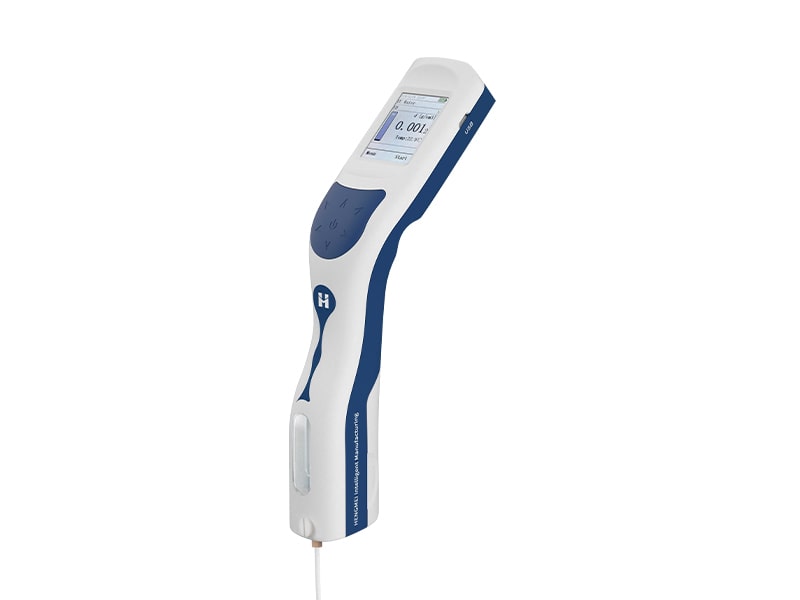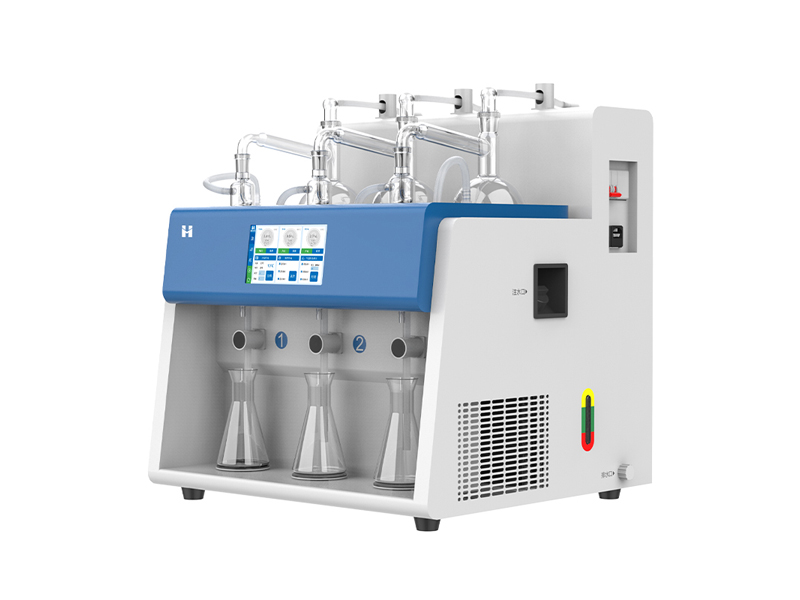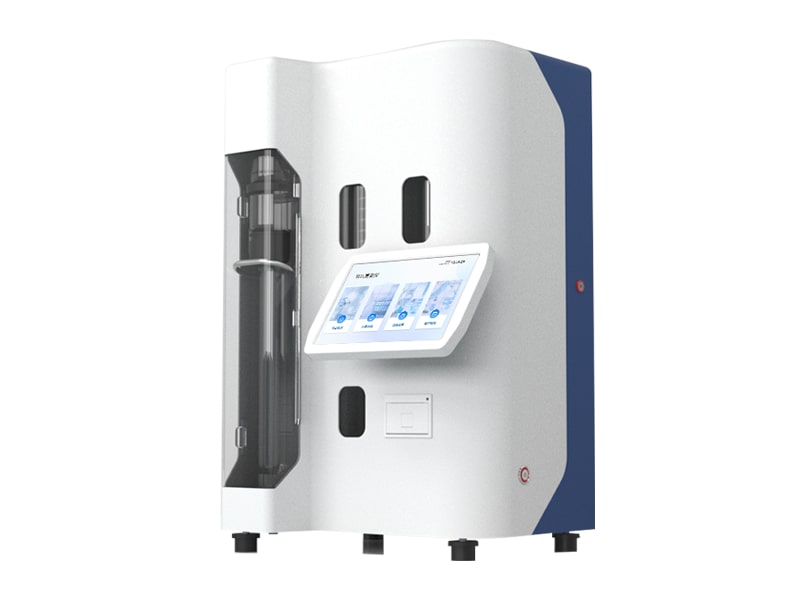In many industrial fields such as chemical, food and beverage, petroleum, etc., liquid density, as a fundamental physical property parameter, directly affects product quality control and production process optimization. Liquid density meters have become analytical tools in modern industrial production due to their high precision, fast measurement, and easy operation.

Technical principles and instrument characteristics
1. Principle of U-tube oscillation method
The liquid density meter uses the U-tube oscillation principle for measurement, and its core technology lies in:
When the U-shaped tube is filled with the liquid to be tested, there is a definite relationship between its resonance frequency and the density of the liquid
Excitation of U-shaped tube oscillation through piezoelectric sensors and accurate measurement of its vibration frequency
Built in temperature sensor for real-time monitoring of sample temperature and automatic temperature compensation
The instrument converts frequency signals into density values according to a preset algorithm
This principle has significant advantages over traditional pyknometer methods, such as faster measurement speed (only 30 seconds per measurement), less sample usage (only 1-2ml), and higher degree of automation.
2. Key performance characteristics
Measurement range: 0.0000-3.0000g/cm ³ (depending on the model)
Measurement accuracy: ± 0.0001g/cm ³
Temperature control: Built in PT100 temperature sensor, accuracy ± 0.1 ℃
Sample size: 1.0-2.3ml (adjustable)
Data storage: 1000 sets of measurement results
Material compatibility: Quartz glass+PTFE contact parts, resistant to strong acids and alkalis
Industry Applications and Solutions
1.Application in the chemical industry
In fine chemical production, a certain enterprise uses a liquid density meter to monitor the reaction process:
Real time determination of reaction endpoint through density changes
Control the density difference between batches of products within ± 0.0005g/cm ³
2.Quality Control of Food and Beverage
Application case of a juice production enterprise:
Online monitoring of concentrated juice density (° Brix)
Automatically calculate sugar content with an accuracy of ± 0.1 ° Brix
3.Petroleum Product Testing
During the oil blending process:
Real time monitoring of blended oil density (ASTM D4052 standard)
Ensure that the density of the finished oil meets the API degree requirements
Reduce cost waste caused by excessive quality
Technological advantages and solutions to industry pain points
1.Pain points of traditional methods
Complicated operation: The specific gravity bottle method has complex steps and large human errors
Low efficiency: Single sample detection takes 15-30 minutes
Large sample size: difficult to handle precious sample testing
Difficult data management: manual recording is prone to errors
2.Modern Instrument Solutions
One click operation: automatically complete measurement, calculation, and storage
Quick measurement: Obtain results within 30 seconds
Micro detection: requires a minimum of 1ml sample
Intelligent management: 1000 sets of data storage, USB export
As an important quality monitoring equipment in modern industrial production, liquid density meters have the characteristics of accuracy, speed, and convenience, which effectively improve work efficiency. Choosing a liquid density analyzer with reliable performance and easy operation, establishing a scientific testing process, is of great significance for enterprises to improve product quality and reduce production costs.
Article address:http://www.labinstruments.net/news/32.html







